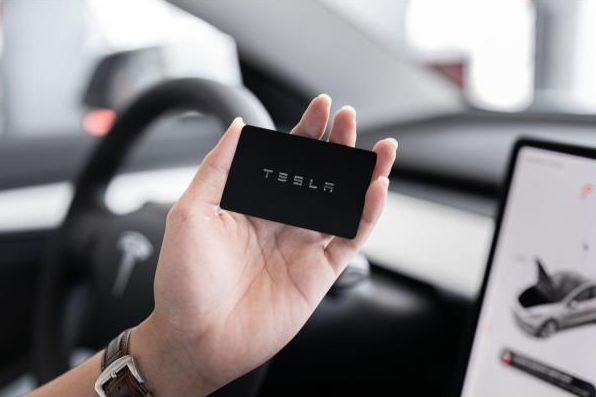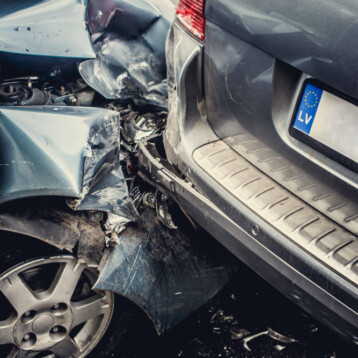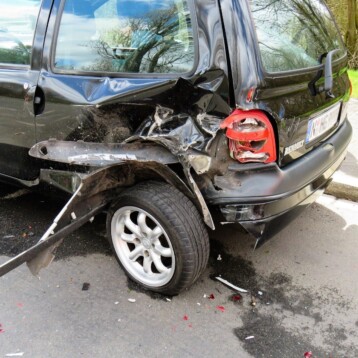Autonomous vehicles, also known as self-driving cars, have the potential to reduce the number of car accidents on our roads dramatically. These high-tech vehicles promise significant safety improvements by eliminating human error through advanced sensors, software, and onboard computers. As autonomous vehicle technology develops rapidly, experts predict it could significantly lower accident rates and save thousands of lives.

Improved Car Safety Features
Zachary Leacox, an experienced Melbourne auto accident attorney, shares that studies have shown that autonomous vehicle technology can lead to sizable reductions in crashes. Vehicles outfitted with automated features such as collision avoidance systems and adaptive cruise control see around a 40% drop in accident rates compared to cars without these capabilities. As the technology advances, even more significant gains are expected. Fully autonomous vehicles can perform all driving functions independently and could decrease traffic fatalities by up to 90%. Over 10 years that translates to about 300,000 lives saved in the United States alone.
By 2030, Level 4 and 5 self-driving cars will experience 76% fewer accidents than human-operated vehicles. This dramatic improvement in safety stems from autonomous cars’ precision sensors and ability to respond to hazards much faster than people can correctly. They also eliminate many car accidents caused by impaired or distracted drivers.
Increased Autonomous Car Adoption Over Time
The transition to fully autonomous vehicles will occur gradually over the coming decades. As the technology proves itself on public roads and costs decrease, consumer adoption will rise. Experts estimate that between 2030 and 2040, most new car sales will involve vehicles capable of full self-driving. However, it will take additional time for the overall vehicle fleet composition to reflect this. Legacy non-autonomous cars will remain on roads for years to come.
During this transitional period, partially automated vehicles will become more common. Features like automatic emergency braking, lane-keeping assist, and adaptive cruise control will expand. However human attentiveness remains crucial, as these systems are limited in their capabilities. Drivers may need to retake control on short notice in complex situations. Staying alert and minimizing distractions is critical for safety.
Working with a Car Accident Attorney After an Accident
Even as autonomous vehicle adoption rises, car accidents will inevitably still occur. If you are involved in a collision with an automated vehicle, it is advisable to consult a car accident lawyer. They can help protect your rights and pursue fair compensation if damages or injuries result.
Key legal considerations often include:
- Determining if the autonomous technology failed or performed incorrectly. Thorough investigation and expert analysis are required.
- Identifying other factors that may have contributed, like poor road conditions or disabled sensors.
- Understanding the data recorded by the vehicle and manufacturers’ responsibilities.
- Navigating complex insurance and liability issues around emerging autonomous vehicle technology.
An experienced attorney has the technical and legal expertise to handle these nuances and build a strong case on your behalf. Their guidance can prove invaluable after an autonomous vehicle accident.
Thanks to significant advances in artificial intelligence and sensors, autonomous vehicles are poised to revolutionize road safety. As the technology matures and spreads over the coming decades, dramatic reductions in car accidents and fatalities are expected. However, the transition will take time, and collisions will still occur. If you are ever involved in an incident with a self-driving vehicle, be sure to enlist the help of a knowledgeable attorney to protect your rights. They can assist in maneuvering the complex legal territory surrounding this emerging technology.










